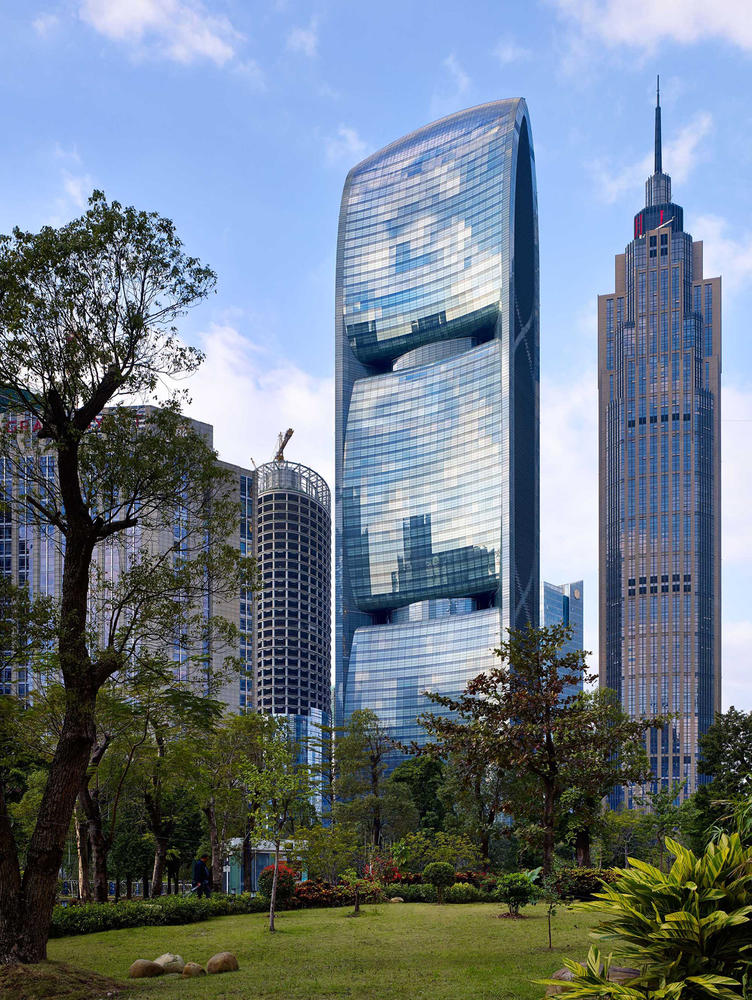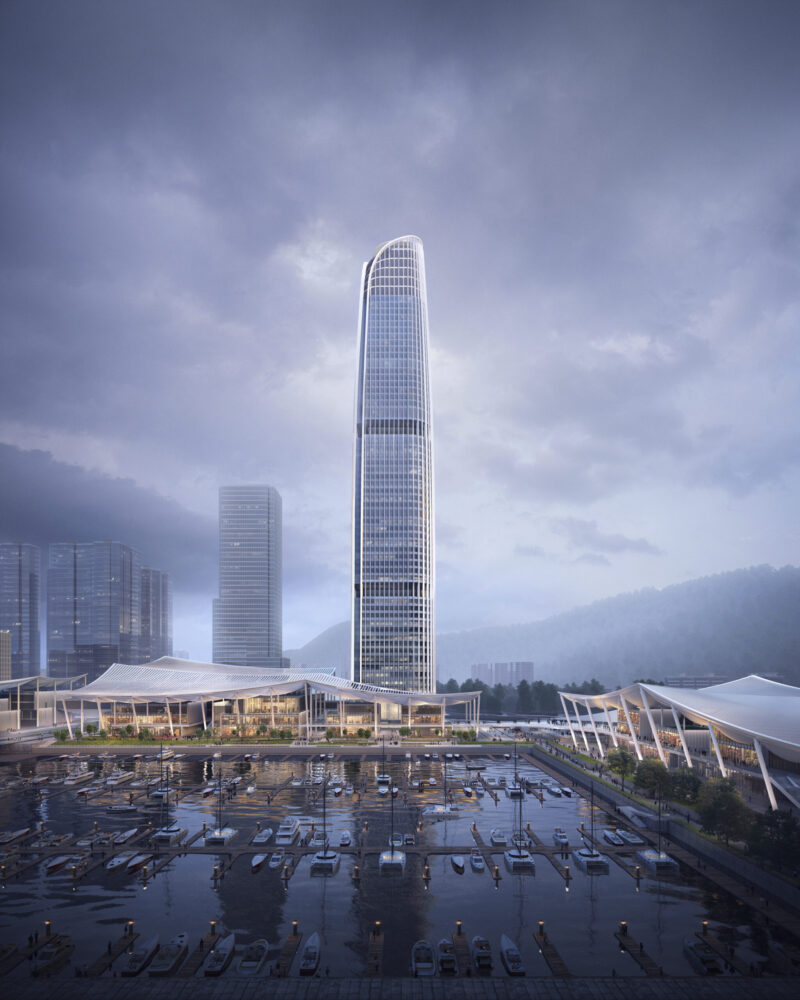
Getting acquainted with the smart China Tower is important for a large segment of engineers and those interested in the world of engineering, as this building was designed to be compatible with and friendly to nature, and it relied on a set of distinct energy-saving technologies, and this is what made it the focus of attention of many, so In our article, we will get to know the smart China Tower.
What is the name of the smart China tower?
Smart China Tower is known asThe Pearl River Tower, and it consists of 71 floors at a height of 309.6 meters above the ground, and it is considered a modern technological skyscraper, and it is located in Tianhe District, Guangzhou, Republic of China, specifically at the intersection of Jinsui Road – Zhujiang West Street, and the construction of this tower was carried out by A group of distinguished engineers, and work began on this tower from September 8, 2006 AD, until March 2011 AD, when the construction of the tower was completed.

Smart China Tower
Smart China Tower timeline
The smart tower in China went through many stages during the years of construction, which extended for about 5 years , and with the distinction of the tower at the level of design and sustainability, it has become important for many to know the timetable for the construction of the tower, which is as follows:
- 2005: A competition for the design of the tower was launched this fall.
- 2006: In September of this year, the excavation works began, then the enabling works began in November.
- 2007: A public tender for construction was issued in July.
- 2008: Construction of the main tower reached ground level in August.
- 2009: The construction reached the fifteenth stage in April, then the installation of glass curtains for the building began in November, and in December the building reached the level for the upper wind turbines.
- 2010 AD: The building was nearing completion.
- 2011 AD: The construction was completed in March of this year and the tower was inaugurated.

Used architecture and design
The Smart China Tower was built primarily for office use, and it is partly affiliated with the National Tobacco Company of China, and the aim of its design was to reduce the damage to the environment from buildings to a minimum, in addition to extracting energy through the natural forces surrounding the tower, and perhaps the achievement The most important thing in this building is the technological integration that was followed in the tower in terms of design and function, in a comprehensive and integrated approach to engineering and architecture.
Energy saving strategies in smart China tower
Four main steps were followed in the design of the tower to provide high performance for the Pearl River Tower , and these steps were put in place in order to build a zero-energy tower, and below we review these steps in detail:
- Reduction: Low-vacuum ventilation in the tower, daylight-responsive controls, radiant cooling and on-demand ventilation, and high-performance glazing were relied upon in this step.
- Absorption: This stage was represented by the use of comprehensive and integrated wind turbines and photovoltaic cells.
- Reclamation: At this stage, reliance was made on recovering the air heat of the coolers and exhaust.
- Generation: This last stage focused on achieving the desired goal, which revolves around building an energy-free tower, by creating suitable and sufficient energy at the site through small turbines.
Sustainability at Smart China Tower
The smart China Tower was designed with energy conservation in mind, as many strategies were used to save energy in it, which made the tower one of the most environmentally friendly construction buildings around the world, and this is also due to the advantages that the design of the sustainable tower carried, and the following are points that highlight some of the advantages Sustainability in the tower:
- Considered the largest radiant cooling office buildings around the world.
- The tower’s high energy efficiency compared to other super-tall buildings.
- Reducing energy consumption by about 58% compared to other similar buildings in the world.
- Zero carbon, greatly reducing carbon dioxide emissions.
At the conclusion of our article, we will have learned about the smart China Tower, and we will talk about the design, architecture and sustainability of the tower.
We at ACUD always adopt the latest methods and engineering designs in order to create sustainable and environmentally friendly buildings.
To find out more details about ACUD ‘s services, you can contact us from here.